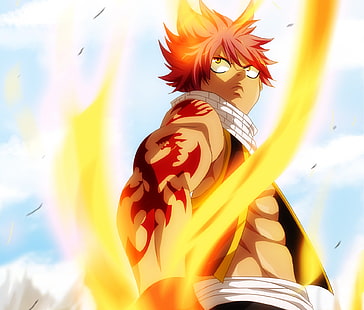
If you don’t want the shape to end on a hard edge, wet the paper or tissue then brush around it.

A brilliant white paper can ensure bright highlights but adding a touch of white gouache at the end is equally effective. You can pull out softer highlights by blotting wet watercolor with a tissue or a clean, wet brush. If you want a striking finish, concentrate on keeping your highlights punchy. Another good mix is Alizarin Crimson added to Hooker’s Green, resulting in a subtle purplish-green, perfect for buds. Mix Raw Umber with blues, for example, to make beautiful, muted greens, useful for the undersides of leaves. Splattering your brush with colors in order to assemble flower-like images. This technique is being used in scattered flowers of those flowers in the garden or fields with wide array of colors, texture, designs. Brush away the masking fluid and work in gouache with a small brush to add detail to the stamen. The liquid will pull the paint into it and away from the stamen. Wet the petal areas and paint around the stamen in the petal color. When painting the stamen of delicate flowers such as the lily or the hellebore, keep the area white with masking fluid as you paint the petals.

Do this either as a hobby or as a profession since many people sell their artworks at reasonable prices. To add texture, for a hairy or bumpy leafy, use dry brush strokes around the raised areas.ĭo not just focus on a single subject, as an artistic painter, you should always be looking for a great subject yo paint. To achieve the best glossy sheen, the area should be left completely white. In order to capture the high shine found on some leaves, you should not rely on using white gouache at the end. At mid-tone, you need to switch from layering the washes to using small, stippled strokes, thus avoiding the risk of disturbing the previous layers.įlower leaves are intricate and often include highly complex patterns, and the treatment of them in a botanical painting can make or break. Allow the paint to dry before applying new layers, blending with a damp brush. By adding extra colors you can then make a variety of blacks. You will need cool and warm versions of yellow, red, and blue.
#ANIME PAINTDS FLOWER HOW TO#
A good brush is worth the investment and you should take good care of it by keeping it in a brush-roll when traveling.įirst of all, you need to understand how to mix a neutral black from primary colors. Always pull the brush towards you so that the hairs are not broken. When you are picking up the paint with the brush, twist the brush between your thumb and forefinger to obtain a beautiful point. When painting flowers you need a good brush. Don’t be afraid to crop in on the flower heads. This means you can return to it at the end and add the detail to it in the context of the rest of the work. Having fresh flowers in front of you as a painter is easy, but you need to make sure that you are giving the flowers the sustenance that they need in order to remain fresh while you use them as the basis of your painting.ĭecide which part is the focal point for your painting and keep it white.

Always aim for smooth graduation of tone from light to dark. The middle tone area between the two is where you will see the true color of a subject. In order to express a subject’s three-dimensional form on paper, use at least three tones: dark, medium and light. For example, if you choose summer flowers, you can pick sunflowers as your subject and so on.

Picking subjects in season will add a real impact to your botanical art. Don’t worry if you are a beginner, either. Whether you want to make something for yourself or you need a DIY gift idea, you can learn flower painting while making something cool. Learn how to paint flowers like these today! Create to your heart’s content after you master these super-simple techniques. Try to decorate your crafts and artwork that makes an awesome DIY gift for friends or family members. Rose Watercolor Painting Quick Process Video


 0 kommentar(er)
0 kommentar(er)
